Recording Customer Transactions
What are Customer Transactions?
Customer transactions are those transactions made with customers, including sales made to them and payments received from them.

How it Works
With credit sales, customers buy goods or services now.

Then they pay for those goods or services later.
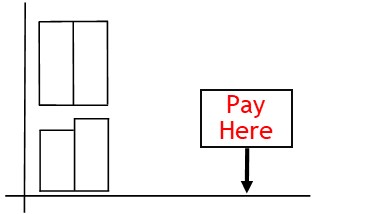
Had the sales been cash sales, the money would have been deposited in the bank.
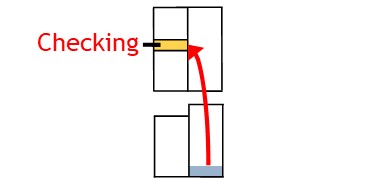
However, with credit sales, the money owed for the goods or services is recorded in the customer’s account.
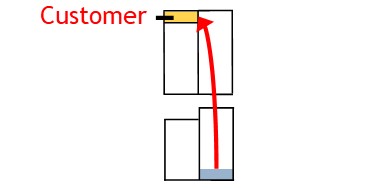
Recording Customer Transactions
To record the customer sale, you credit the sales account.

This shows a value of goods or services came from sales.
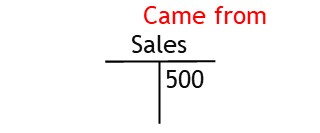
After that, you debit the customer’s account.
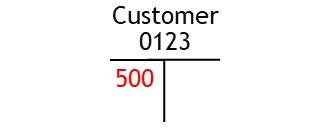
This shows the goods or services went to a particular customer.

Later, the customer will pay some or all of what they owe.
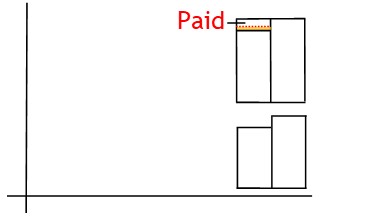
When this happens, the business deposits the payment in the bank.
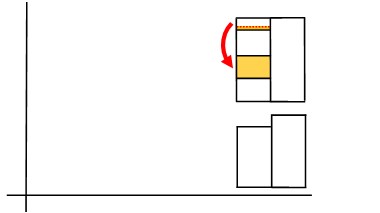
To record this transaction, you credit the customer’s account.
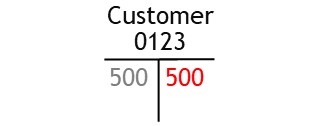
This shows money has come from the customer.
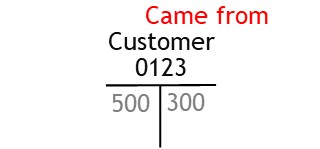
After that, you debit the checking account.

This shows the payment was deposited in the bank.
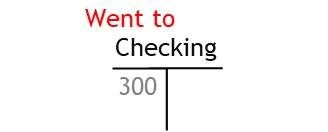
Checking Customer Transactions
By month-end, the customer account will contain a record of all transactions made with the customer.
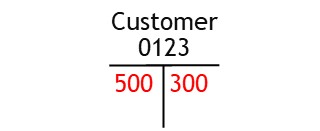
The account will show all sales made to the customer.

It will show all payments made by the customer.
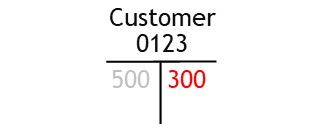
And it’s balance will show how much money the customer still owes at month-end.
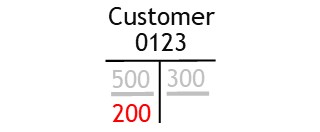
The business will take this information and prepare a month-end statement.

Once prepared, they send this statement to the customer.

The customer checks this statement against their own records.

If the customer agrees with your record of transactions, it is taken as proof your records must be correct.

Checking the Debtors Control Account
A customer is known as a debtor.
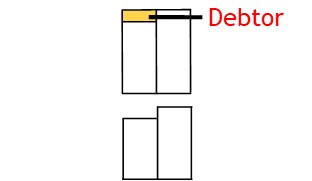
This is because the customer owes money to the business until such time as the goods or services are fully paid for.
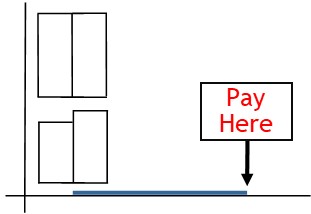
A business may have many debtors.
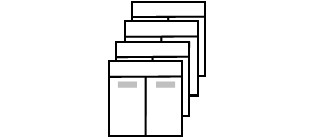
Each time the business makes a transaction with a customer, it records the transaction in the customer’s account.

At the same time, it updates the debtors control account.
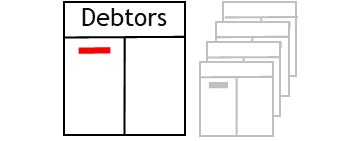
This way, the debtors control account contains a record of every transaction made with every customer.
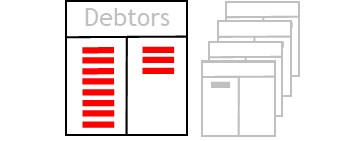
To check the control account, you don’t check it directly.

Instead, you prepare a month-end statement for each and every customer.

If all customers agree with this statement, then it shows the control account is correct.

© R.J. Hickman 2020
